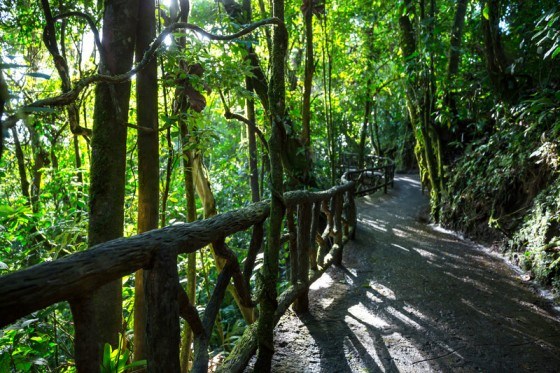In Costa Rica, sustainable travel has evolved way beyond a trendy catchphrase for those who pay lip service to green ideals. Now it’s a way of life that may save this planet and the humans that live on it.
The Central American nation has been talking about ecotourism since the early 1990s, when biological richness and diversity became the main attraction of its thriving tourism industry.
At first, only a few travel companies used the term “ecotravel” to inform visitors about the importance of preserving the rainforest and having as little impact as possible. But the movement began to snowball. The government and national park service began a more aggressive campaign to support natural resources and Costa Rican rainforest started to rebound.
The story goes back to the 1950s when Costa Rica decided that progress was a priority. To stimulate the economy, the forests had to go in favor of farming and livestock. By 1977, half of the rainforest that existed 30 years before was gone. By 1987, only 21% of the original forest cover still existed.
As a consequence of this dramatic decrease, new income sources and programs started. And probably the most remarkable of these new economic activities was tourism.
In the early nineties, Costa Rican welcomed less than 200,000 international visitors per year. Since then, arrivals have grown exponentially to three million visitors in 2019. More than 80% of these travelers visited a national park or forest reserve.
And in this way, the rainforest became a sustainable source of income for entire communities that now depend on nature and biodiversity.
Tags: Costa Rica

0 Comments